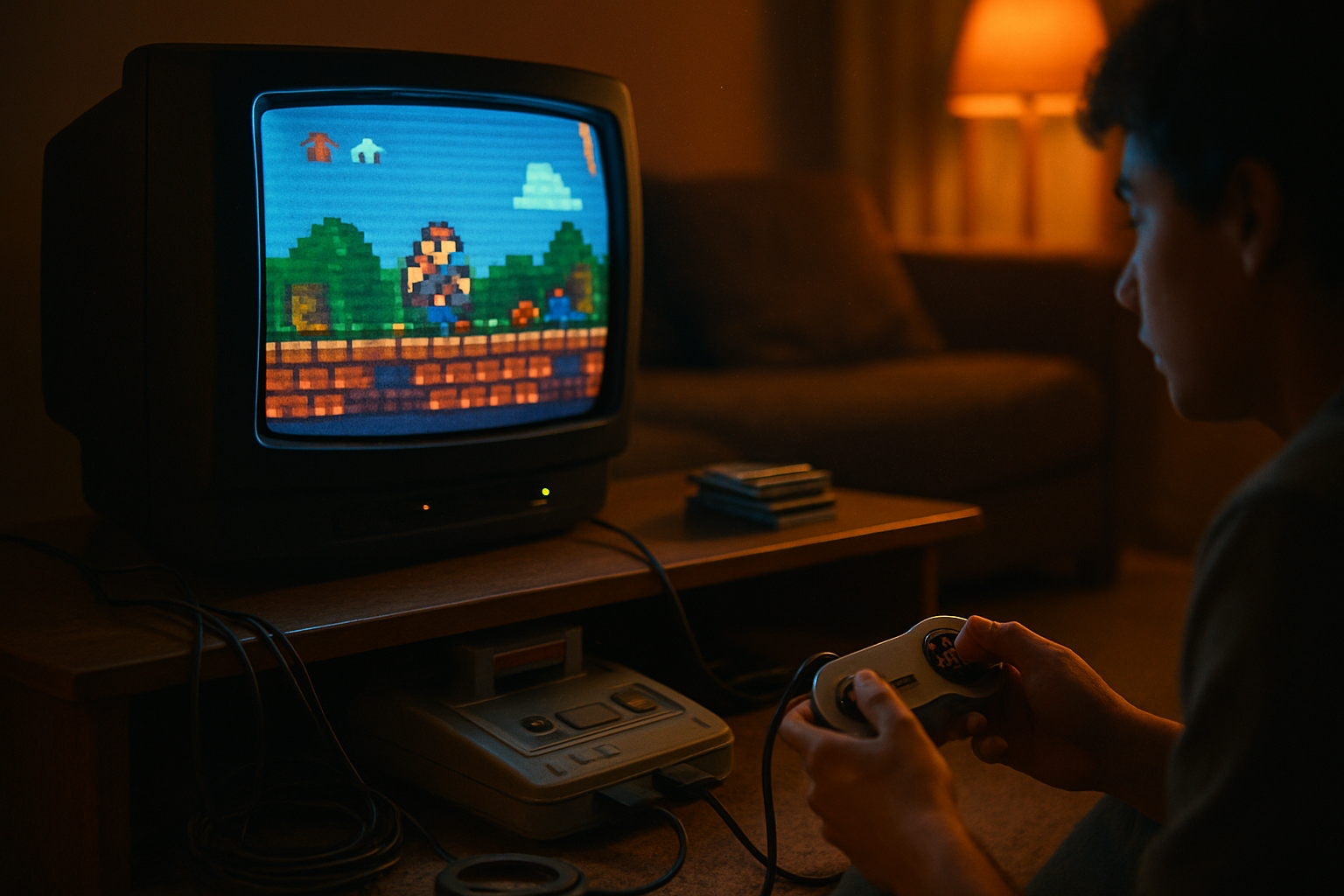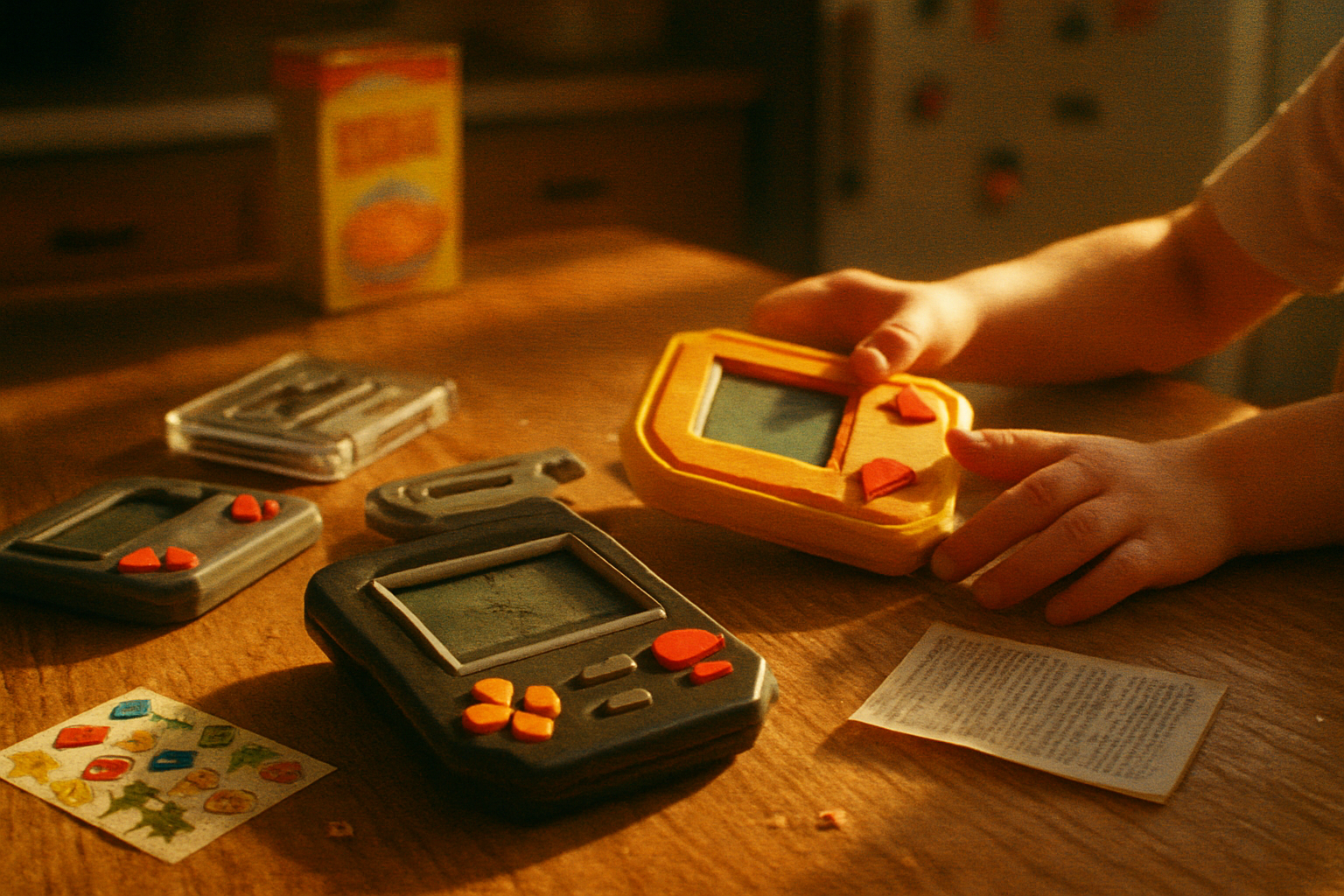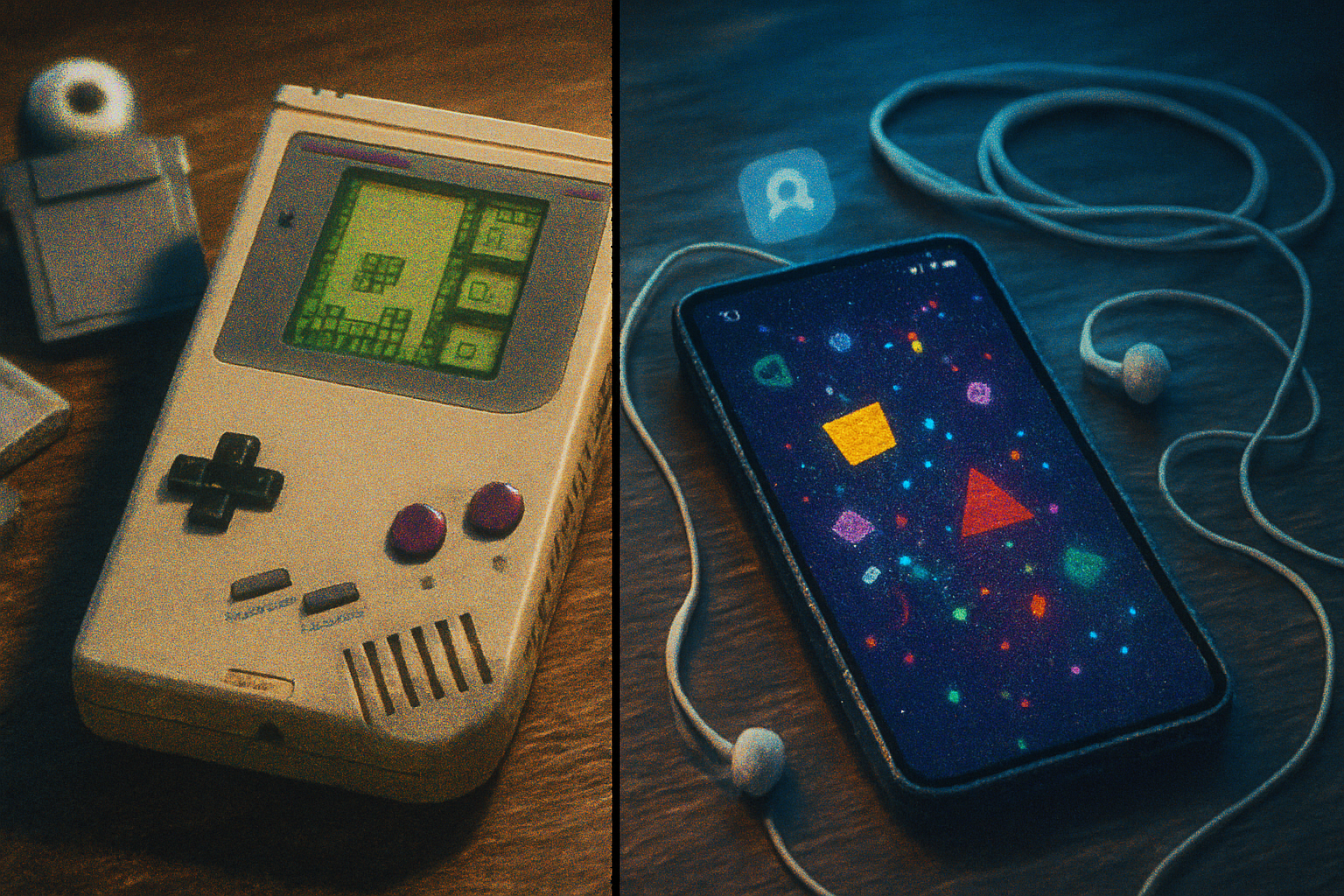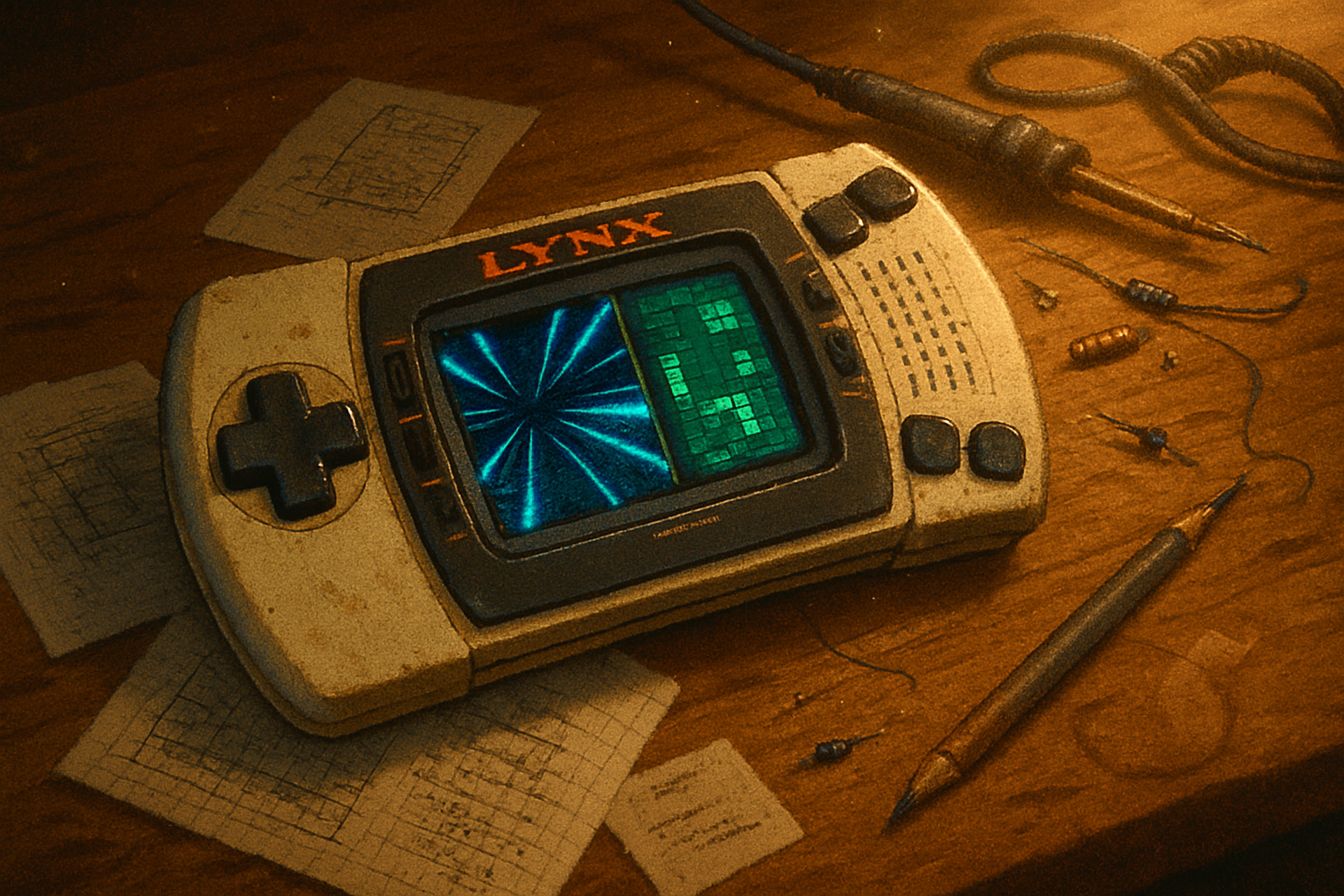· culture · 6 min read
The Retro Revival: Why CRT Televisions Are Making a Comeback
Once obsolete, CRT televisions are experiencing a surprising comeback. This article explores why collectors, gamers, artists, and designers are rediscovering CRTs - from authentic gaming experiences and analog warmth to aesthetic appeal and DIY culture - and offers practical advice for finding, restoring, and responsibly enjoying these vintage displays.
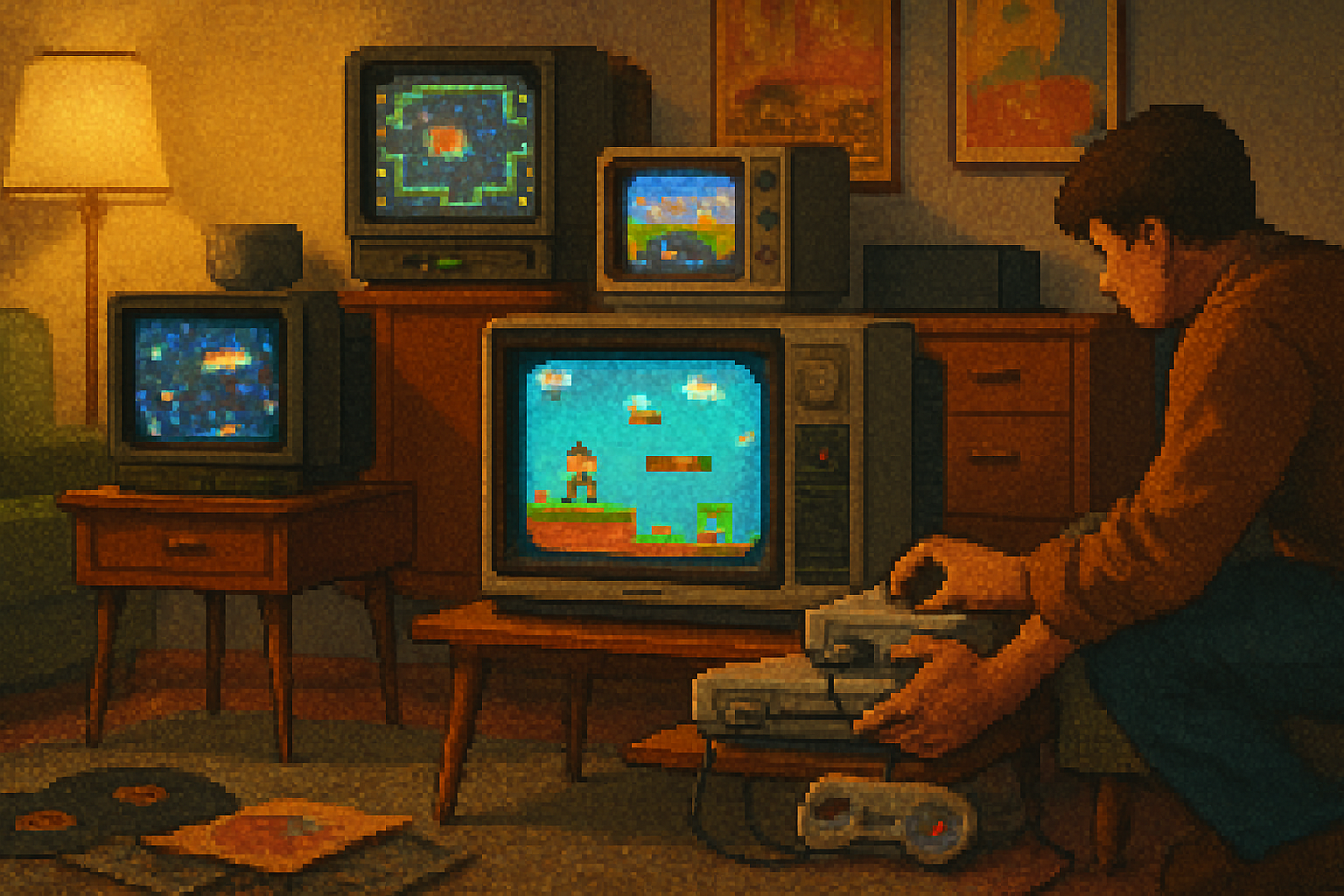
Introduction
For decades the cathode-ray tube (CRT) television was the centerpiece of living rooms worldwide. Then flat panels - LCD, LED, and OLED - displaced them with slimmer profiles and sharper specs. Yet in recent years CRTs have quietly enjoyed a renaissance: retro-gaming communities, artists, interior designers, and collectors are actively seeking out these bulky tubes.
This article explores why CRTs have returned to the spotlight, who’s buying them, how collectors restore and use them, where to find one, and the ethical/environmental considerations to keep in mind.
Why CRTs feel special (more than just nostalgia)
Several practical and sensory factors drive renewed interest in CRT televisions beyond simple nostalgia:
Authentic retro gaming experience. Older consoles (NES, SNES, Genesis, PlayStation 1) were designed for CRTs - their native resolutions, scanlines, color bleed, and input timing create visuals that modern displays struggle to reproduce without specialized upscalers or filters. Many retro gamers prefer the original look and latency characteristics of CRTs.
Analog warmth and unique picture qualities. CRTs produce continuous analog imagery with natural blending between colors, smooth motion, and the familiar glow and bloom that many describe as “warmer” than pixel-perfect flat panels.
Instant response and low input lag. Properly functioning CRTs have near-zero input lag, making them desirable for fast-paced older games and certain competitive retro titles.
Aesthetic and tactile appeal. The physical presence of a CRT - the curved glass, dials, and glowing phosphors - contributes to a vintage aesthetic that designers and collectors covet.
DIY and modding culture. Enthusiasts enjoy restoring and modifying CRTs (RGB mods, component conversions, custom cabinetry), which feeds into the maker movement around vintage electronics.
Scarcity and collectibility. As CRTs become rarer in good condition, specific models (high-end broadcasters’ monitors, Sony Trinitrons, early widescreen CRTs) have collector value.
Who’s driving the comeback
- Retro gamers seeking authentic visuals and gameplay feel.
- Collectors who prize iconic models and well-preserved units.
- Artists and VJs who exploit CRT scanlines, curvature, and analog artifacts for installations and performances.
- Interior designers tapping retro trends, using CRTs as statement pieces.
- Restorers and technicians who enjoy the engineering and challenge of bringing old tech back to life.
Communities on Reddit (for example, r/crtgaming), forums, and the broader vintage electronics scene coordinate swaps, share repair tips, and organize meetups.
Market trends and value
Supply has shrunk: CRTs are no longer manufactured, functioning units are increasingly scarce, and disposal programs phased them out years ago. These dynamics push prices up for sought-after models. Conversely, common and heavily damaged units remain inexpensive or free.
Special models - high-end Trinitrons, professional broadcast monitors, and rare colors or form factors - command higher prices among collectors. Practical factors (screen size, connectivity, and condition) also influence value.
How collectors restore and maintain CRTs
Restoring CRTs requires respect for safety and a disciplined approach.
Safety first
- CRTs contain high voltages (even unplugged units can hold dangerous charge in the tube and capacitors). Proper training or working with experienced technicians is essential.
- CRTs also contain hazardous materials (leaded glass, phosphors). Handle and dispose of components following local regulations.
Common restoration steps
- Visual and mechanical cleaning. Remove dust, vacuum vents, clean contacts and knobs.
- Capacitor and power checks. Replace failing electrolytic capacitors in power supplies - a common failure point in older electronics.
- Degaussing and geometry adjustments. Correct color purity and convergence issues using built-in controls or service modes.
- CRT reflow and solder checks. Repair cold solder joints and corroded connectors.
- Connector upgrades or mods. Install RGB/SCART/Component inputs, add HDMI-to-RGB upscaler compatibility, or patch in external audio.
For detailed technical guidance, enthusiast resources such as RetroRGB provide in-depth tutorials and product recommendations: https://www.retrorgb.com/.
Practical uses today
- Retro console setups. Plug original hardware into a CRT for authentic visuals and zero-lag play.
- Console and arcade preservation. Museums and collectors use CRTs to preserve the original experience of arcade machines and consoles.
- Digital art and VJing. Artists use CRTs to create analog distortion, scanline effects, and chromatic bloom.
- Home decor and media rooms. Some designers place CRTs as focal pieces in retro-themed interiors.
Companies like RetroTINK specialize in hardware to bridge old signals to modern displays, and many hobbyists use external upscalers when CRTs aren’t available: https://www.retrotink.com/.
Where to find CRTs (and what to expect)
- Thrift stores and garage sales. Often the best source for inexpensive units - expect to do cleaning and repair work.
- Online marketplaces. eBay, Facebook Marketplace, and regional classifieds often list higher-quality and rarer models.
- Local recycling and electronics drop-offs. Occasionally working CRTs appear before recycling processing; ask staff if they hold intact units.
- Auctions and estate sales. Good sources for multi-unit lots or desirable vintage models.
When buying, ask about picture condition (burn-in, degaussing issues), sound, and physical damage. If possible, test a unit before purchasing.
What to look for when buying
- Model and brand reputation. Sony Trinitrons and certain Sony, Panasonic, or NEC professional monitors are sought-after.
- Screen condition. Avoid units with severe burn-in, deflection issues, or major screen damage.
- Connectivity. Does it have composite, S-video, component, or RGB/SCART? For retro consoles, RGB-capable sets are ideal.
- Physical condition and size. Consider weight, footprint, and whether you can move it safely.
- Serviceability. Check for signs of corrosion or rodent damage and whether replacement parts are available.
Environmental and legal considerations
Disposing of CRTs improperly is illegal in many jurisdictions due to leaded glass and other hazardous components. If you plan to part out or dispose of a CRT, use certified electronics recycling services and follow local regulations. For U.S. guidance on electronics recycling and sustainable management, see the EPA’s electronics resources: https://www.epa.gov/smm/sustainable-management-materials-electronics.
Where to learn more and get help
- RetroRGB - in-depth guides and product reviews for retro video signals: https://www.retrorgb.com/
- Reddit communities such as r/crtgaming - practical user experiences and trade information: https://www.reddit.com/r/crtgaming/
- RetroTINK - modern hardware for connecting legacy video to new displays: https://www.retrotink.com/
Final thoughts
The CRT revival blends nostalgia with practical and aesthetic preference. For many, it’s not merely a yearning for the past but a desire for a specific sensory experience - the way old games looked and felt, the calming imperfections of analog imagery, and the satisfaction of restoring and owning a piece of technological history.
If you’re curious about CRTs, start small: find a cheap unit, learn safe restoration basics, and connect an old console to see the difference for yourself. As long as enthusiasts treat these devices responsibly - respecting safety and environmental rules - CRTs will continue to illuminate both living rooms and cultural conversations in new, unexpected ways.
References & further reading
- RetroRGB - home for video preservation and CRT/RGB guides: https://www.retrorgb.com/
- Reddit r/crtgaming - community for CRT enthusiasts: https://www.reddit.com/r/crtgaming/
- RetroTINK - hardware for retro video signal processing: https://www.retrotink.com/
- Wikipedia - background on cathode-ray tubes and their history: https://en.wikipedia.org/wiki/Cathode-ray_tube
- EPA - sustainable management of electronics information: https://www.epa.gov/smm/sustainable-management-materials-electronics
